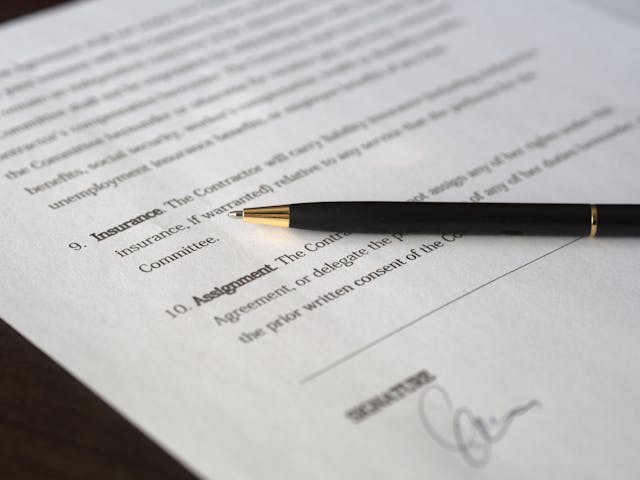How to Verify the Quality of an Official Document Translation

When it comes to official document translation, accuracy is more than a desirable trait—it’s a legal and professional necessity. Governments, legal entities, universities, and international corporations require translated documents that retain their original meaning with absolute fidelity. But how can you be sure that the translation you’ve received meets the highest standards? Verifying the quality of an official document translation is a process that involves several key elements, ranging from checking certifications to reviewing stylistic and contextual integrity.
 One of the most immediate indicators of a trustworthy translation is the credentials of the translator or agency providing the service. For instance, professional services like traduscript ensure that every translation is executed by linguists certified by recognized institutions. These translators not only master the languages involved but are familiar with the specific legal, technical, or academic terminology that may be required.
One of the most immediate indicators of a trustworthy translation is the credentials of the translator or agency providing the service. For instance, professional services like traduscript ensure that every translation is executed by linguists certified by recognized institutions. These translators not only master the languages involved but are familiar with the specific legal, technical, or academic terminology that may be required.
It’s important to differentiate between general translation and certified or sworn translation. Certified translations usually include a signed statement affirming the accuracy and completeness of the translation. In some countries, only translators sworn in by a legal authority can produce documents valid for official use. Always ask for the translator’s credentials and experience with similar document types—marriage certificates, contracts, medical records, or diplomas—before accepting the work as final.
Another strong indicator of quality is consistency. A high-level translator pays close attention to terminological uniformity, especially in documents that repeat certain legal or technical phrases. Even slight inconsistencies in terminology can lead to misunderstandings or legal complications. For example, translating the term “power of attorney” differently in two parts of the same document could undermine the legitimacy of the translation.
Formatting is another aspect often underestimated. Official translations must mimic the layout of the original as closely as possible, particularly for legal or administrative use. This includes correct placement of stamps, seals, and notes. Poor formatting may not only confuse the reader but also risk rejection by the receiving institution.
Linguistic fluency alone is not enough. Cultural awareness and legal understanding are critical when dealing with official documents. For instance, the way birth dates, currencies, or even legal terms are formatted may vary significantly between countries. A competent translator understands these subtleties and adapts the translation accordingly, without distorting its legal weight or original tone.
One of the easiest but most overlooked steps in verifying a translation is comparing it side by side with the source text. Look at sentence structures, specialized vocabulary, and tone. If the translated document feels oversimplified or too paraphrased, that’s a red flag. While some adaptation is normal, especially between languages with very different structures, the translator should not deviate from the essence of the original text.
Another effective method is peer review. Some reputable agencies will offer a second opinion as part of their service—a review by another translator who verifies both linguistic and contextual accuracy. This additional layer of verification is essential for high-stakes documents like immigration files or patent filings.
The presence of a translator’s affidavit or certification statement can also help validate a translation. This signed document, often attached to the translation, declares the translator’s qualifications and asserts the accuracy of the translation. For official purposes, this statement can make the difference between acceptance and rejection.
You should also pay attention to turnaround time. High-quality translations take time. Be wary of providers who promise same-day delivery on complex legal texts. Rushed jobs often lead to superficial translations lacking depth and precision. Professional agencies provide realistic deadlines that allow for quality control and editing.
Digital authenticity is another aspect to consider. More and more institutions accept or require digitally signed translations. Ensure your translation provider can supply documents with valid digital signatures and secure PDF formats. This is especially important for remote submissions in administrative or academic processes.
Finally, always ask for a sample before committing to a service, especially if the document is lengthy or sensitive. Reputable providers will have no issue showing past work examples (with confidential information redacted). This gives you a clear idea of their style, accuracy, and professionalism.
In short, verifying the quality of an official translation isn’t just about double-checking grammar. It requires looking into the translator’s qualifications, understanding the purpose of the translation, and assessing the document’s format and fidelity. By applying a systematic approach to verification, you protect both the integrity of your documents and the outcome of your administrative or legal procedures.